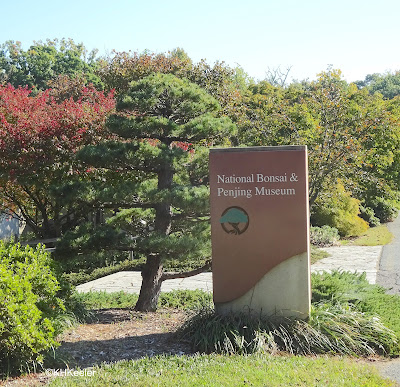I ran a study of the western harvester ant, Pogonomyrmex occidentalis, from 1977 to 2019, 42 years. Most scientific studies are done in two or three field seasons, which represents the time students have for a project and the need for professionals to show results. Some topics need longer and get it. Academic careers are about 40 years, so if started the year the scientist was beginning, 40 years is about the limit, unless a second person picks up the project. But people willing and able to do long-term studies are rare. In the case of the harvester ant study, retired well before I finished the harvester ant project.
 |
| western harvester ant (Pogonomyrmex occidentalis) colony They can live 40 years. |



